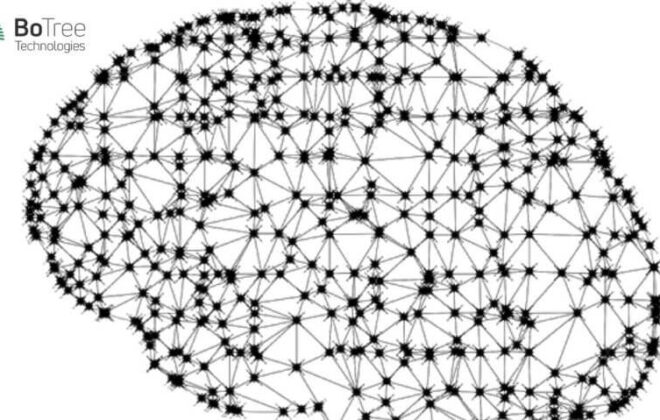
Is Statistical Knowledge a Prerequisite to Develop Machine Learning
Accenture reports that current AI technology can boost business productivity by up to 40%. Companies are constantly turning towards machines & artificial intelligence for augmenting their business capabilities. It is not surprising that machine learning developers have become one of the most sought-after service providers to tech & other businesses.
Statistics & machine learning go hand-in-hand. However, to develop machine learning, statistics is not an imperative. Even though buzzwords like regression, bias, & models have encircled machine learning, they’re statistical concepts that are general functions for output in any given model.
Understanding Statistics in Machine learning
Statistics is often considered a primary tool in implementing machine learning as a service. It allows developers to visualize & interpret data to further understand the algorithms & their architecture. From the application point-of-view, statistics is needed because it allows scope for modifications in data after interpretation. It helps to draw insights even from low dimensional data sets.
Machine Learning: Data Science or Complex Statistics?
Machine learning has been termed as “glorified statistics” by Robert Tibshirani, a Stanford University statistician & machine learning expert. Yet, a basic foundation of statistics can help to incorporate big data & machine learning for better functionality. The random variable, probability, Gaussian distribution supports AI to some extent but are not definitive models for its applications.
- Machine learning cloud services involve computational algorithms that aid in understanding the data. Data science is an important pre-requisite to understanding machine learning.
- Collecting, gathering & analyzing data is crucial as the algorithms utilize datasets for execution & interpretation of models.
- The complex mathematics can be taken care of by Python’s Scikit but without a strong foundation of data analysis & visualization, machine learning isn’t effective in its applications.
Neural Network: Machine Learning’s True Companion
A background in statistics can give you a strong understanding of models & offer a clear interpretation of data. But machine learning developers know that the functionality revolves more around neural networks than statistical learning. These are self-learning algorithms that can help in solving practical problems with advanced artificial intelligence services.
- The non-linear relationship among the input & output is generated by neural networks which model biological neural networks, i.e. neurons in the brain.
- To develop machine learning, the algorithm should be structured in such a way that it learns from the contained datasets to improve the model.
- Neural networks can be a complex web of algorithms and can be difficult to understand, even though they are an extremely powerful tool for machine learning cloud services.
Machine learning & statistics are not on different poles of the spectrum. Understanding the underlying statistics behind the implementation of machine learning can really help you enhance your model. However, exhausting resources on just plain mathematics isn’t also a sensible option. Data science & neural networking are as crucial to develop machine learning as statistics. All of the tools must be properly leverage to take advantage of AI’s effective applications in the future.




